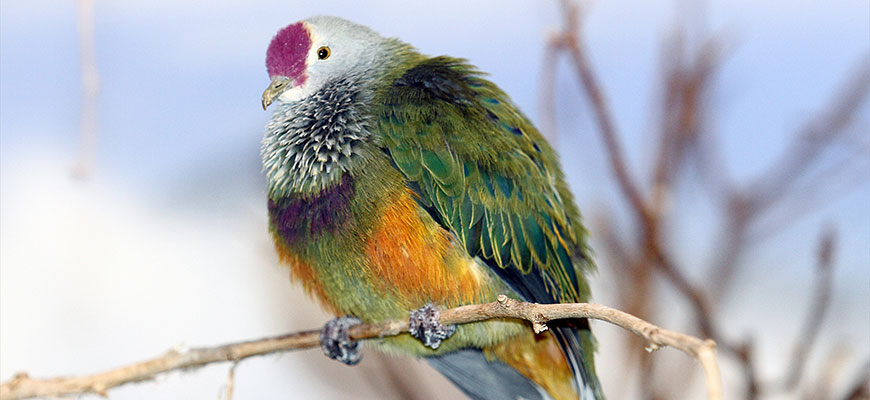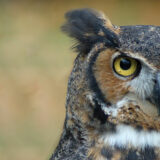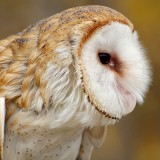CLASSIFICATION
Order: Columbiformes
Family: Columbidae
Genus: Ptilinopus
Species: roseicapilla
RANGE
Northern Mariana Islands including Saipan, Tinian, Rota, and Aguiguan. They were once native to Guam but were extirpated in the 1980s due to predation by the invasive brown tree snake.
HABITAT
Commonly found in the primary and secondary native forests of Mariana Islands, but also noted less frequently in mangrove swamps and human settlements.
SIZE
Length: Apx. 9 inches.
LIFE EXPECTANCY
Up to 20 years in captivity.
REPRODUCTION
- Breeding season if from April – August but they are known to nest year round.
- Female lays a single white egg and incubation lasts 17-18 days.
- Young are fed with crop milk (a secretion that the parents regurgitate).
- Both parents care for the egg and young.
DIET
Wild: Primarily fruits
BEHAVIOR
Not much is known about the species but they are thought to be solitary and territorial. They possess great camouflage that helps them blend in to their native habitat and they use their calls to vocalize their location to other fruit doves in the area.
POINTS OF INTEREST
- Official bird of the Mariana Islands and was the 2006 mascot of the Micronesian games held in Saipan.
STATUS
The Mariana fruit dove is listed as near threatened due to habitat loss. In Guam, they have been eradicated by the invasive, predatory brown tree snake that was accidentally introduced during World War II. If introduced to the Mariana Islands, the brown tree snake could wipe out the remaining populations. Breeding programs have been introduced to zoos around the world to begin facilitating the growth of this species, and to allow potential reintroduction programs to take place in the future if feasible





